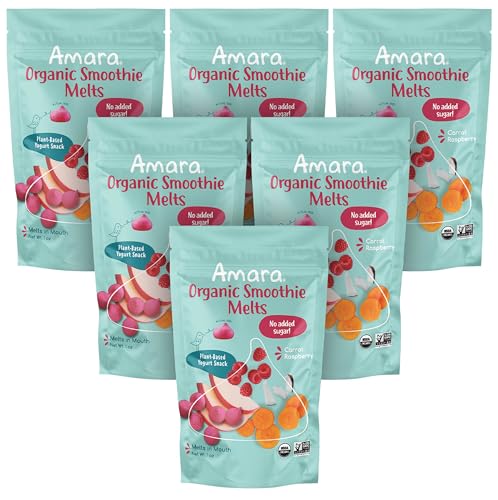I think if I could get ENOUGH organic matter maybe double digging or trench composting (which is more like slow double digging, with all organic matter going to the bottom of the trench about 20 inches down) might work. I may try some variation of this on the raised bed vegetable garden I am planning for next year if I can get a truck load of arborist mulch in the fall. Time, material and manpower are definitely all limiting factors.
No till methods will get me there eventually and I will be able to plant SOMETHING in those areas (in the mulch layer) immediately, but I am stuck amending and watering for years more.
In areas with reasonably healthy soil, structure will rebuild in a double dug bed and in the end (within a year) you will have really great soil. With years of topdressing organic matter the worms will eventually dig it under and you will have really great soil. One is faster, the other takes less work but it is slower. The result is similar.
I did start by trying a double digging method without massive amendments of organic matter when I bought this place a few years ago. On my sandy poor soil, the soil gained volume, but not fertility or water holding capability, and I discovered that the A and O horizons are less than an inch here. There is almost no structure to preserve, and all that can be gained by digging is removal of large stones and some reduction of compaction, which is not necessarily a good thing, as it promotes erosion. I had to modify my method to suit the conditions. It has been a learning process.
I envy
@Zee-Man his healthier soil, and one day my place will be a fertile oasis in my neighborhood. It actually already LOOKS that way--thru carefully choosing plants that are adapted to our local conditions, rather than trying to force thirsty things to grow here. My neighbors are amazed, lol.













![photo_(9)[1].jpg photo_(9)[1].jpg](https://cdn.imagearchive.com/rabbittalk/data/attachments/34/34193-e233c6d465d9532c810d8a0fa71ff900.jpg)
![photo_(8)[1].jpg photo_(8)[1].jpg](https://cdn.imagearchive.com/rabbittalk/data/attachments/34/34194-16119c96fffcf240e45283c006e6673f.jpg)
![IMG_20230801_163453[1].jpg IMG_20230801_163453[1].jpg](https://cdn.imagearchive.com/rabbittalk/data/attachments/34/34195-03a0e6b824b7c43495566e282eeaeeb2.jpg)















































